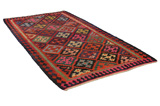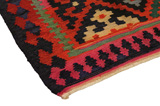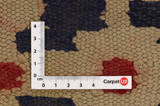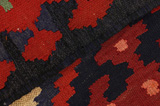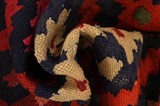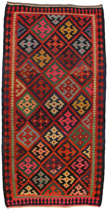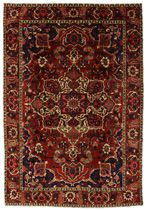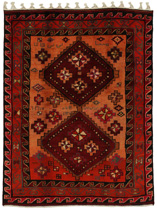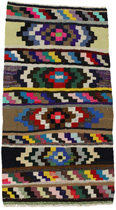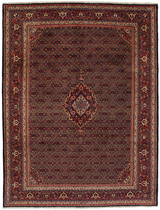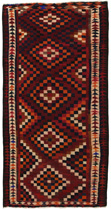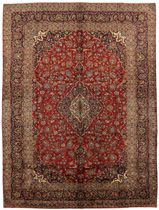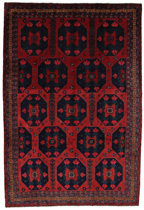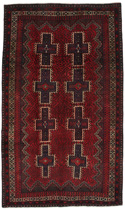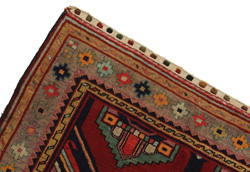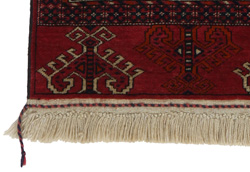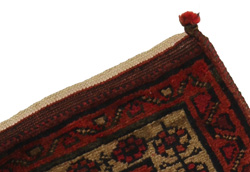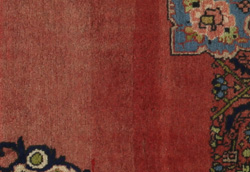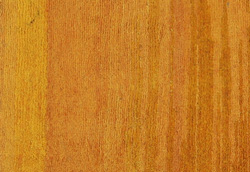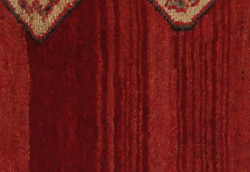Main Category
|
Size/Shape
|
Qashqai - 330x160
The colours of each carpet look different depending on the side from which you look at it. You can see the carpet from different perspectives in the images below:
(click on the images below for greater detail)
- Discount Price: 1347 kr -80%
- Retail Price: 6747 kr
- Rug Code: klm1974-228
- Size: 330x160 cm
- Thickness: Thin (<5 mm)
- Age: 0-20 (New)
- Pile - Warp: Wool on Cotton
- Knot Density: *The Kilims are woven and have no knots
- Rug colors:
-
Important note:
The rug is a little crooked - uneven
Qashqai: Qashqai rugs are woven by nomads who live in the mountainous areas of Southwest Persia, the provinces of Fars, Khuzestan, south of Isfahan and around the city Shiraz. Their rugs have a high knot density and a wide variety of designs, usually in deep red and blue colours. They weave rugs, Kilims and decorative textiles (ribbons, bags, etc.), which depict scenes from their lives with various representation of humans, animals, birds, trees and flowers.
: This is a particular type of Oriental flat woven rug without a pile (which preceded the pile rug) and is manufactured mainly by nomads in Persia, Afghanistan, Turkey and in various regions of the Caucasus. These textiles are rather small with a plain weave and no pile and they have got geometric patterns and rich colours. In order to weave them, natural materials like wool are used and sometimes silk for lightweight and delicate rugs. The colouring of yarns is done with plants and minerals that contribute to natural, beautiful colours. The long history of Kilim rugs goes back centuries to the nomads of Central Asia. Initially the rugs were mainly used in households and much later became commercial products, following the bloom of the oriental ruging during the 16th and 17th century. They have many applications and can be used on the floor, as toppings or for decorating walls. The name kilim is derived from the Persian word gelim. In Kurdish they are called Berr. The most famous Persian rugs are Sumakh, Senneh, Fars and Qashqai. Many Kilims are also woven at the border between Persia and Afghanistan by the nomads of Balouch with dark earthy indicative colours.
All CarpetU2 carpets are subject to cleaning with high quality antibacterial and moth protection products according to Persian law.
Flat woven at one or both ends of the rug's width: In some rugs the nomads weave at fringes on a narrow Kilim one or both sides of the width, or they weave them artistically into small braids. It is a technique various weavers use for a greater durability or simply to demonstrate their skill. Examples
Abrash: Due to the different amount of grease in the wool and the added salt during the process of dyeing, the wool has got a varying colour absorbance. This is not very visible before weaving. During the weaving though, lines of the same colour are formed in the rug. This is called Abrash (which in Farsi means little cloud) and it shows that the wool was not manufactured using chemical means and marks the naturalness and authenticity of the rugs. Examples
You have to choose at least two (2) rugs!
You can select up to six (6) rugs to compare!
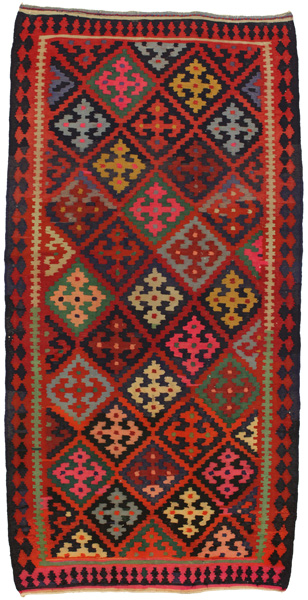
 Click here for larger image
Click here for larger image